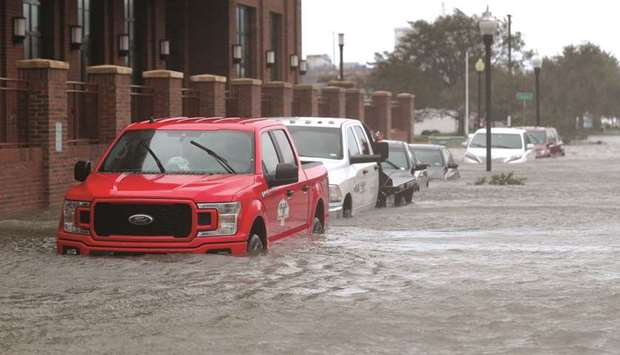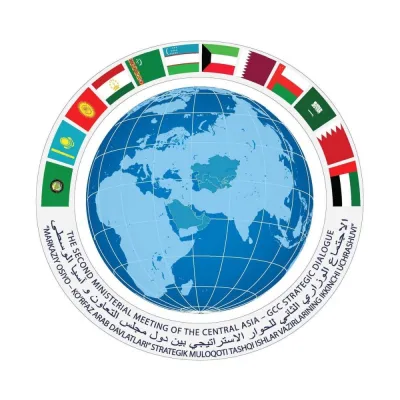Hurricane Sally uprooted trees, flooded streets and cut power to hundreds of thousands of homes and businesses yesterday as the storm brought “historic and catastrophic” flooding to the Alabama-Florida coast, the National Hurricane Centre said.
Sally, which made landfall early yesterday near Gulf Shores, Alabama as a category 2 storm, was downgraded in the afternoon to a tropical storm as maximum sustained winds slowed to 113km per hour, slightly below the threshold for a hurricane.
Some parts of the Gulf Coast have already been inundated with more than 18 inches of rain in the last 24 hours, with more precipitation expected even as the storm’s winds slow, the National Hurricane Centre said.
The winds howled fast enough to topple a tractor-trailer onto its side as it was driven down an Alabama highway, according to video published by CBS News.
The coastal resort community of Pensacola, Florida, suffered up to five feet of flooding, and travel was cut by damaged roads and bridges.
More than 500,000 homes and businesses across the area were without power as the storm knocked over stately oak trees and tore power lines from poles.
The storm was moving at a slow 8kph pace toward the Alabama-Florida border but was predicted to pick up speed, the NHC said.
“The rain is what stands out with this one: It’s unreal,” said Cavin Hollyhand, 50, who left his home on a barrier island and took shelter in Mobile, Alabama, where he viewed the damage yesterday.
Some isolated areas could see up to 35 inches of rain before Sally is done, the NHC said.
Upon landfall at Gulf Shores, Alabama, Sally’s winds were clocked at 165kph. Along the coast, piers were ripped away by the storm surge and winds.
Alabama governor Kay Ivey told residents not to go outside to check on damage unless necessary, and to stay away from live power lines and fallen trees.
“We had strong winds for a long period of time,” said 38-year-old Grant Saltz as he took a break from clearing debris outside his Mobile restaurant.”Instead of a few hours we got it for 12 hours.”
In Pensacola, wind gusts were clocked at 125kph, and images on social media showed major floods.
One witness reported hailstorms in the city as well and the NHC warned of possible tornadoes. City police in Pensacola told residents not to drive around looking at damage due to high winds.
“We see lots of ‘lookers’ out,” the department wrote on Twitter. “It’s slowing our progress down. Please stay at home!”
Sally is the 18th named storm in the Atlantic this year and the eighth of tropical storm or hurricane strength to hit the US.
There are three named storms in the Atlantic, none now threatening the US.
“We’ve only got one name left,” said Jim Foerster, chief meteorologist at DTN, an energy, agriculture and weather data provider, referencing the procedure to name storms. “That’s going to happen here soon, Wilfred, and then we’ll be into the Greek alphabet.”
Hurricane have increased in their intensity and destructiveness since the 1980s as the climate warms, according to researchers at the US National Oceanic and Atmospheric Administration.
Damage from Sally is expected to reach $2bn to $3bn, said Chuck Watson of Enki Research, which tracks tropical storms and models the cost of their damage.

Vehicles are seen in a flooded street as Hurricane Sally passes through Pensacola, Florida, yesterday.


